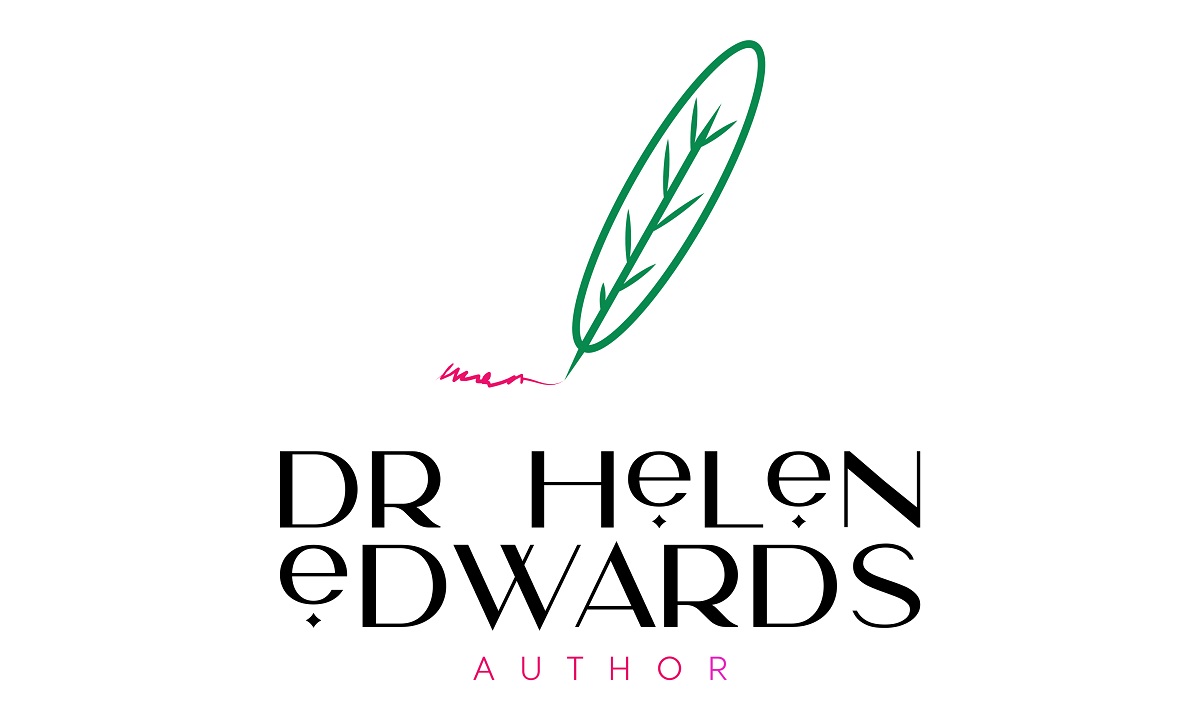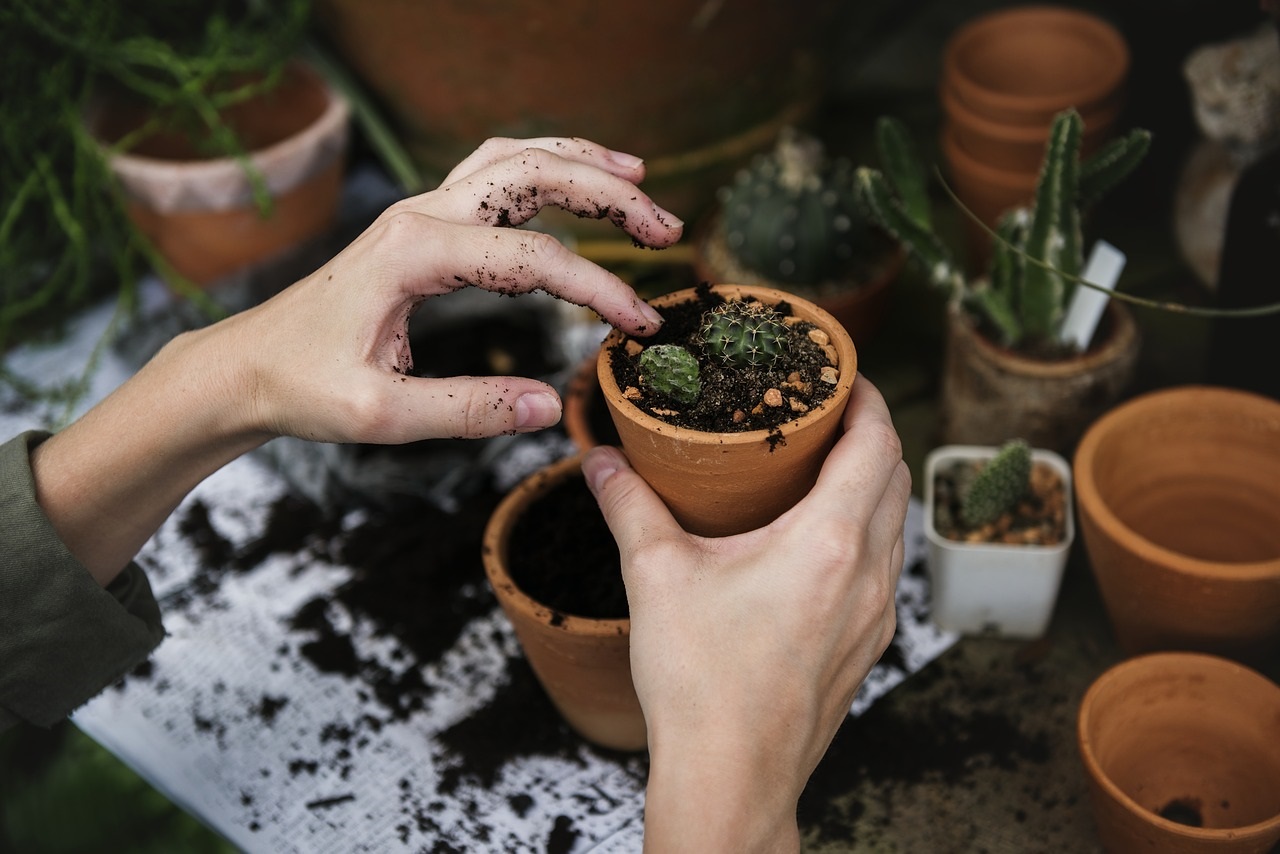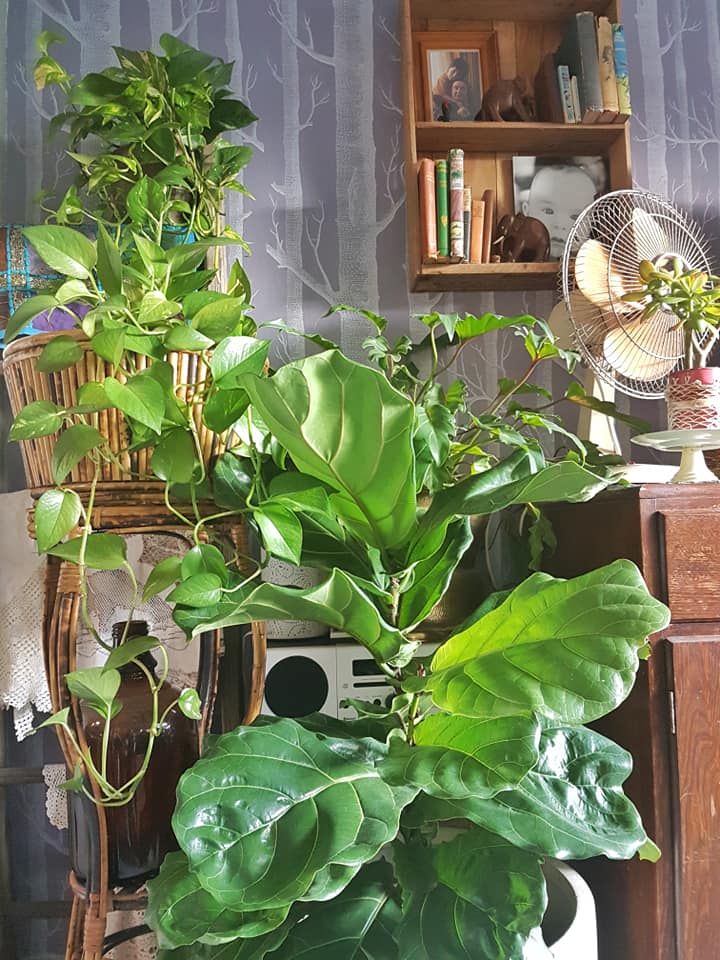The New Indoor Plant Trends & Why They Are Good For You

I remember when I first moved out of home in the mid 80’s (showing my age!) indoor plants were still all the rage, continuing on from the hippie Bohemian days of the 1970’s. I had palms, Aspidistra, Peace Lily and Philodendron, to name a few. Some survived for years, others only a short time, but they were always part of my decorating scheme. I had a little outdoor area where I would rest and revive the ones who were wearing of the indoors. The cats loved them and depending on their nature, could simply walk by with a bit of a rub, or dive in and attack them!
Then came children. And tipped over plants. And water on the floor. And dirt…..and the whole plants indoors thing faded and became less and less popular in mainstream decorating. For me they just became too hard to manage and I simply stopped having them indoors. I am not sure why as I don’t follow trends, I think it was more a practical thing and then once I stopped having them, I just stopped.
In recent times, we have seen plants making their way indoors again in all the home and decorating mags and television shows. I don’t believe you can ever have too many plants! My boho style would be to have plentiful plants indoors and why not? They are wonderful decorating items, adding structure, shape and organic elements to any room. You do need to be able to move around your home and live in it, so there is a balance, but in terms of the visual, a whole bunch of plants look fabulous! They have a wide range of colours and can ground a space. They provide softness or strength depending on your choice of plant. And they are good for your mental and physical health. Many plants improve indoor air quality and they all make us feel good.
If you are looking to add some green to your indoor spaces, it is important to remember that in fact plants are not naturally indoor things. They are meant to be outdoors, so looking for the ones which can handle the added stress of growing inside, is important. And even then, be prepared for some loss of plants, especially if you are a first timer. Be very careful how you dispose of plants however. Things like Asparagus Fern, now considered a noxious weed and which I would never touch again, can go rampant and take over the entire eco system, getting into storm water and destroying local vegetation.
Putting a plant inside your house means they are separated from all the things they really need to grow at their best, such as fresh air, direct sunlight and fresh rain. Many of the plants that do well indoors come from subtropical climates where they are used to growing in low and dappled light conditions, in the undergrowth.
You need to look for plants which can handle the indoor air and light conditions, as well as temperature changes, remembering you will have periods with artificial heating and cooling in your home. This can cause them to dry out more quickly than if they were outdoors.
According to homelife.com.au the plants you get at the garden shop have most likely been grown inside a temperature-controlled glasshouse with plenty of water and fertilising. They recommend you continue supporting them with more water and fertiliser than you would expect for a few months, and then slowly cut this back so they adjust to their new home. Don’t stop looking after them at this point, but once they are at home, you can return to the recommended feeding and watering for the particular plant.
Plants make us feel good and are good for your mental health. Don’t you just feel happy and more relaxed when in the outdoors? And holidays by the sea under the palm trees, or in the lush forests of the mountains rejuvenate your spirit, body and mind. It has also been suggested that they improve your indoor air quality. According to livescience.com, studies by scientists at NASA, Pennsylvania State University, the University of Georgia and other respected institutions suggest that they definitely do.
Plants are excellent at absorbing gases through pores on the surface of their leaves. This is the basis of photosynthesis, which is how plants convert light energy and carbon dioxide into chemical energy to fuel their growth. The scientists studying whether plants have the ability to purify indoor air, have found that plants can not only absorb carbon dioxide, but can absorb a whole pile of other gases, including a long list of volatile organic compounds(VOCs). livescience.com say that Benzene which is found in some plastics, fabrics, pesticides and cigarette smoke, as well as formaldehyde (found in some cosmetics, dish detergent, fabric softener and carpet cleaner) are examples of common indoor VOCs that plants help eliminate.
Not only do the plant look great, but you can have fun with the multitude of amazing pots, or upcycle your own! I am looking at what I want to place my newly acquired plants into and love looking for unusual vessels to place my plants into. You can really add to your decor scheme with your pot choices.
Look for vintage pot stands, pots or holders and think outside the square when looking at options for pots. Anything can be used but you need to drill some drainage holes into the container. You can leave the plant inside it’s plastic container which keeps it more insulated in winter and then slip into the decorative pot. I like doing this where possible as the drainage is already there and the decorative pot holds excess water, meaning no need for a plate underneath. It also means you can pull the plant out easily for taking outside for a revive session and a bit of fresh air. However, if like me, you have old pots lying around the garden and you are happy to lug them around, you might want to grab some good quality potting mix and pot straight into one of those. I would rather reuse than toss.
When selecting your plants I recommend a chat with your local nursery – they will know exactly what will suit the rooms you want to put your plants into. You need to consider the light conditions, air and temperature conditions, children and pets. Also think about how you will manage water and overspill to make sure you don’t damage your flooring. I recommend placing plants up, or in stand if you have small children and pets, but never place a heavy pot on a stand which can be easily knocked or pulled over by small children as this can be dangerous.
homelife.com.au recommend for rooms with low levels of light, choose shade-tolerant plants – those with large dark green leaves photosynthesise better than others, which means they need less light to live. These include Zanzibar gem, Chinese lucky plant (Aglaonema), kentia palm, Aspidistra, lady palm (Rhapis excelsa), happy plant (Dracaena sanderia) and peace lily (Spathyphyllum ‘Sensation’). In areas with bright light choose plants with coloured or patterned leaves, including tropical plants, which usually grow in dappled sun conditions. Plants such as colourful bromeliads, prayer plant, dumb cane and zebra plant are good choices.
I also adore draping and dangling plants in my interior and have selected some ivy plants which I intend to add to larger more decorative pots and allow them to drape as they grow.
You need to care and nurture your plants just like part of the family. You should choose a good quality potting mix when re potting plants. Don’t kill them with love however, as over watering is just as bad for them as not enough water. In general, watering once or twice a week during spring and summer is vital. During autumn and winter you can get away with watering them once every two to three weeks. Always check the recommendations for each individual plant as this can vary. For their food, a slow release fertiliser in granule form is the best. Recommendations are to give them a granule feed twice a year, in spring and autumn. Pick off older leaves to allow new ones to grow and every month add some seaweed solution to their water for optimum health. I love using Seasol for this.
Leaves get dusty like everything else in your home, so give them a wipe over with a solution of milk and water (50:50) to keep the leaves glossy, free of dust and healthy. Position is important, placing plants by the window or french doors may seem a nice idea, but in summer any strong sun through that glass can burn the leaves. I have certainly had this happen and learnt my lesson. Likewise, never leave plants by the heater during winter. Keep them as far away as possible from heaters. If you over water and have water in the saucer, empty this away as it can rot the roots of the plant. There are also many plants which dislike air conditioning and homelife.com.au recommend the larger leaved plants for tolerating a lot of air conditioning, they also suggest adding water crystals to the potting mix to help the plant survive long periods without water, such as when you’re on holiday.
At the end of the day I find it is a bit of experimentation. I try the smaller plants to see how they fare in my house and then can re-pot them as they grow, or go for a larger plant if it is a success. Also try cuttings from other plants – either your own or a friend or family member, as a way to get plants and save cash. My Mum has given me some great succulents she grew herself from pups. I have grown a lot of geraniums from cuttings around the local area. And remember you can always bring the outside in with branches from trees – vases are not just for traditional flowers.
Avoid trends in plants, like the current one for fiddle leaf figs – I love them and do have 2 small ones, but have heard of so many people struggling to grow these somewhat temperamental plants! Go for what is going to survive, be easy for you to care for and pleasant to have in your home.
Happy planting! Do you have any plants at home, or have you considered it? Feel free to ask any questions below
Helen
xx






Love plants in the home…….I feel they bring life indoors and makes for a comfortable, relaxed environment….I just love plants…. the Block would booohoooo me, so what it’s my home
<3 Esther Germain
I have recently started my new company specialising in repurposed materials. Exciting times for us!
excellent @Seaside Succulents sounds wonderful!
I always had plants indoor. No idea why I stopped. I think I would like some in the kitchen and bathroom. Still unsure about my other rooms. There are plenty on my verandah 🙂
me too Jacqui Wharton 🙂
I love to plant them but the want lots of care